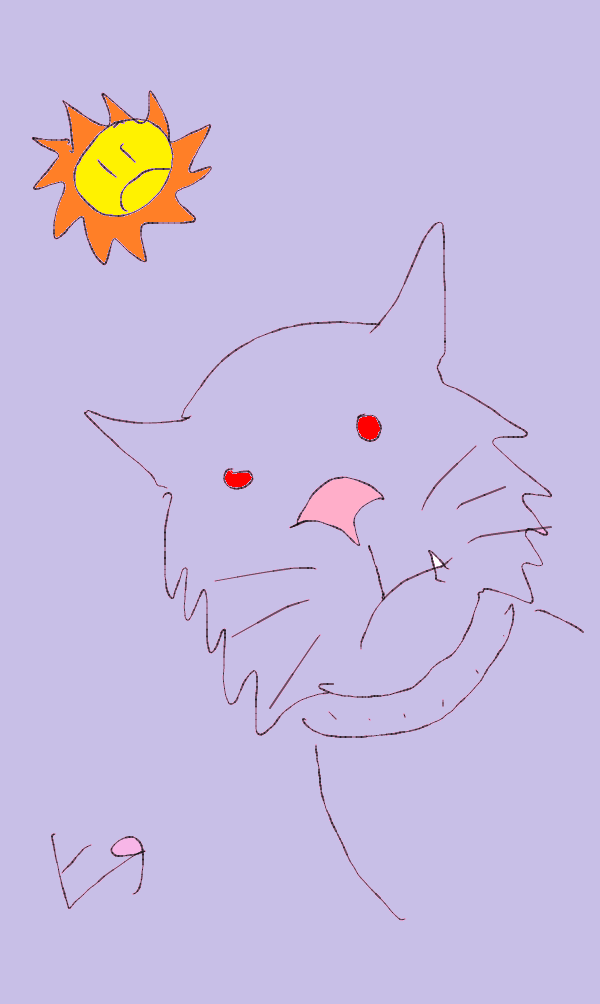Since Bree Newsome took down the Confederate battle flag isn’t she a war hero? A living civil war veteran?

Only non-racists get to eat ice cream.
She, with the help of Jimmy Tyson scaled the flagpole at the capitol of South Carolina and removed the Confederate battle flag placed there because the state of South Carolina is unhappy that they are forced to live in a multicultural society. A group of supporters observed from the ground. But the state of South Carolina put the flag back up less than an hour later. In time for an important rally for white supremacy. They actually had a rally for white supremacy scheduled that morning. It was on the schedule. Someone called and said, “We’re coming for a rally for white power on the capitol grounds. Is the Confederate battle flag still waving proudly?” And the clerk in the South Carolina office of white supremacist coordination and battle flag raising said, “The Confederate battle flag is waving proudly every day here. This is South Carolina.” Then he (or she, they’ve come a long way in South Carolina) said “White Power!” And the rally organizer answered “White Power!” And they each hung up.
Taking down the confederate battle flag, on the other hand, was an unscheduled act. So the state of South Carolina have arrested Bree Newsome and Jimmy Tyson and charged them with “defacing monuments on state capitol grounds” regardless of the fact that someone already defaced the state capitol by flying the battle flag of the Confederacy, the historic enemy of the USA, like the Third Reich or ISIS. And until Bree Newsome and Jimmy Tyson came along, no one had the civic pride to do something about it.
Would it have made any difference if they called ahead and scheduled the clean up? I’m just confused about what it is that is really bothering South Carolina. I don’t think most states would mind if I went to their capitols and helped dispose of some trash, on my own time. Depending on the state I might even be awarded some sort of civic pride badge.
So, South Carolina is holding Bree Newsome and Jimmy Tyson, US civil war POWs, and threatening them with up to 3 years in prison as political prisoners and up to a $5,000 fine for non-littering.
But isn’t South Carolina insisting on flying the Confederate battle flag treason?
But the important thing is that the white supremacists had a nice rally at the capitol. The confederate battle flag was waving. There was some potato salad and other white foods, like white bread and mayonnaise. And everyone had a nice time and nobody got killed.
Supporters of the Confederate battle flag, claiming they are being misrepresented would now like to have a national discussion about that flag and what it really means. What it means is, if that is your flag, you are a loser.
The US already fought the civil war. If some southern states insist on fighting it again they will go down in history as two time losers.
This will not end well. Except for Bree Newsome and Jimmy Tyson. They are going to get veteran benefits dating back to May 09, 1865.
http://act.colorofchange.org/sign/DropTheFlagDropTheCharges/
* The comparison of some southern states to Germany is a flawed analogy, I admit. Germany is ashamed of its disreputable past.

















 RSS - Posts
RSS - Posts



